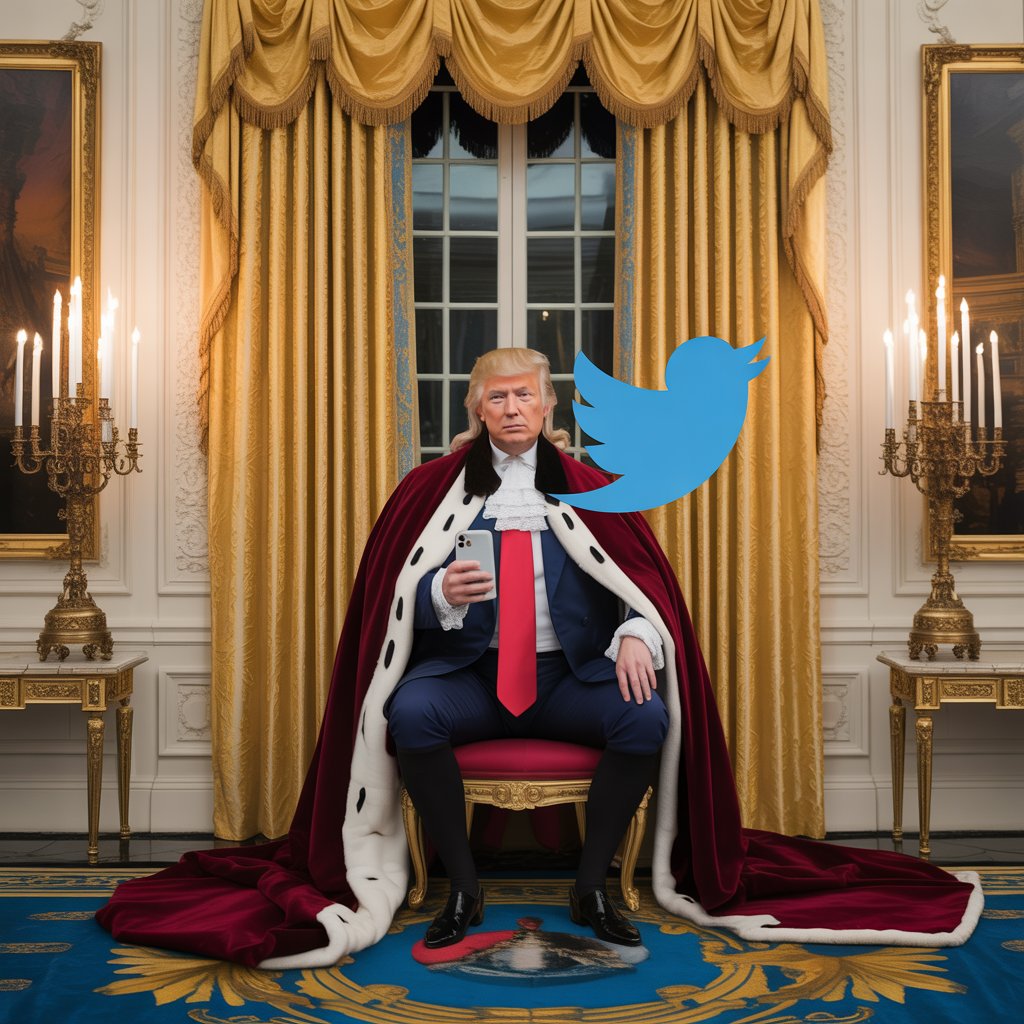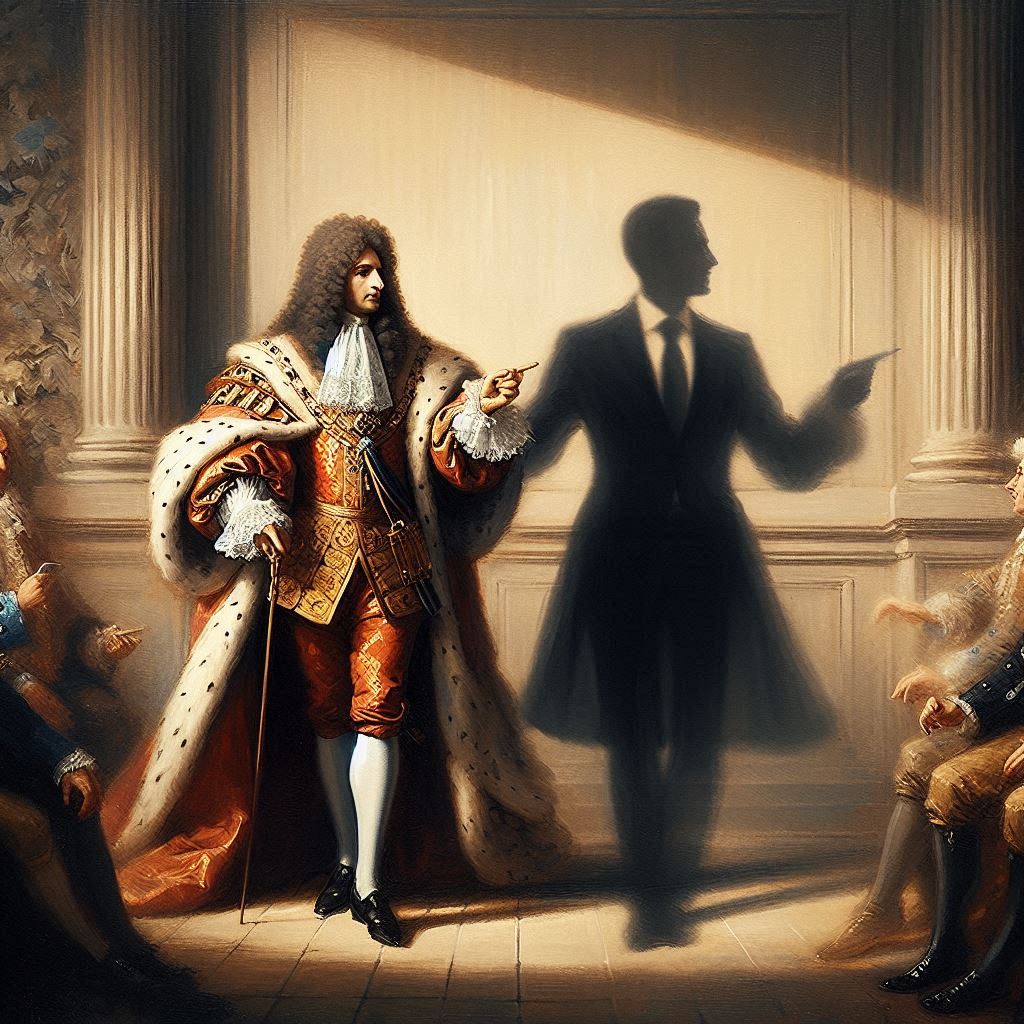 I am the state.” The legendary words attributed to France’s Sun King, Louis XIV — a statement so gloriously absolute it practically drips gold. A phrase that screams powdered wigs, royal decree, and the idea that governance begins and ends with one man.
I am the state.” The legendary words attributed to France’s Sun King, Louis XIV — a statement so gloriously absolute it practically drips gold. A phrase that screams powdered wigs, royal decree, and the idea that governance begins and ends with one man.
Surely, in the age of Instagram elections and fact-checked debates, this kind of monarchical mindset is six feet under, right?
Not quite.
In fact, “I am the state” may be more alive now than ever — just dressed in a power suit, with a social media team and a custom emoji.
Donald Trump: The King in a Red Tie
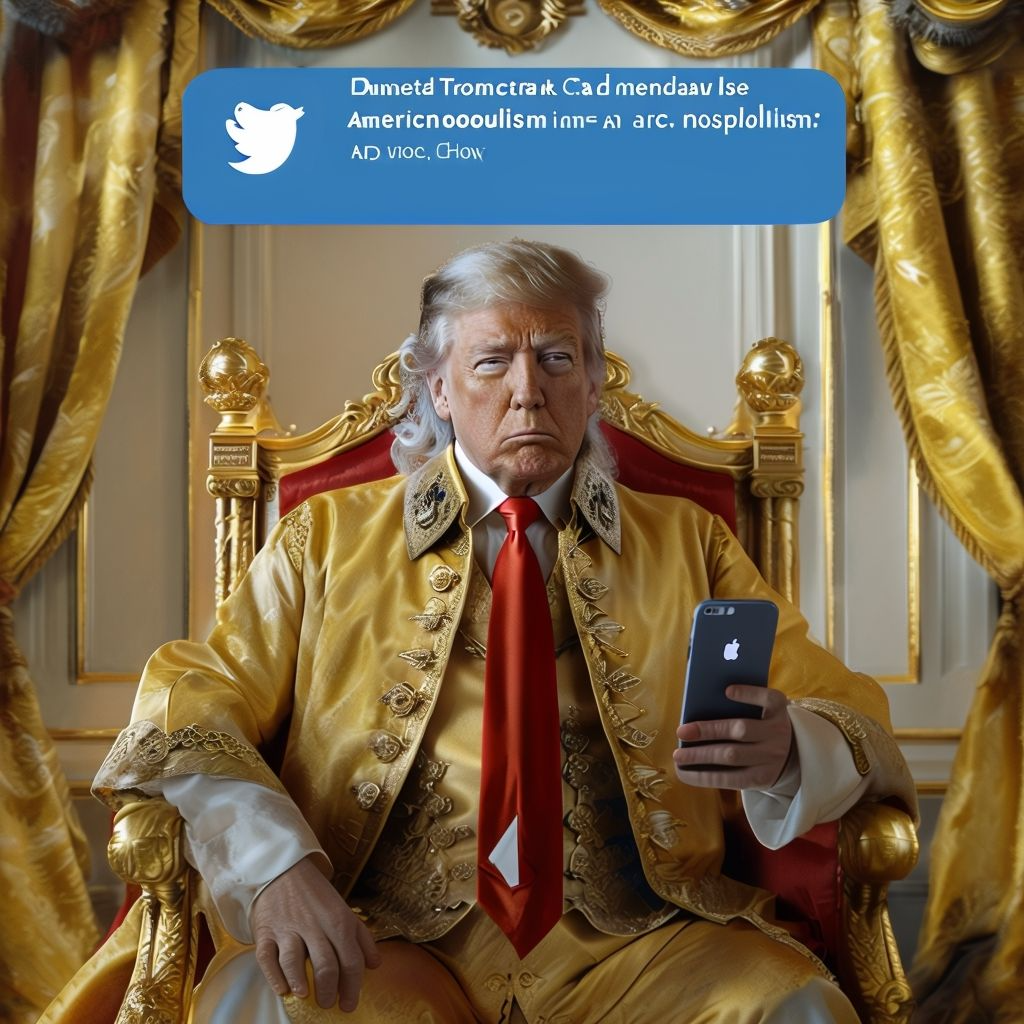 Let’s start with the world’s favorite democracy — the United States. It has Congress, an independent judiciary, the First Amendment… all the proper checks and balances. And yet, during Donald Trump’s presidency, we saw a fascinating shift.
Let’s start with the world’s favorite democracy — the United States. It has Congress, an independent judiciary, the First Amendment… all the proper checks and balances. And yet, during Donald Trump’s presidency, we saw a fascinating shift.
Suddenly, politics was no longer about institutions, but about him. Supporters didn’t just back policies — they pledged allegiance to the man. “Only I can fix it,” he declared, like a modern-day monarch rallying his court.
From gold-lettered tweets to MAGA rallies resembling coronations, Trump turned the presidency into something very Louis-esque — with fewer velvet drapes and more caps.
In those moments, “I am the state” wasn’t just a quote from Versailles — it was trending in real time.
21st-Century Personalism: The Global Remix
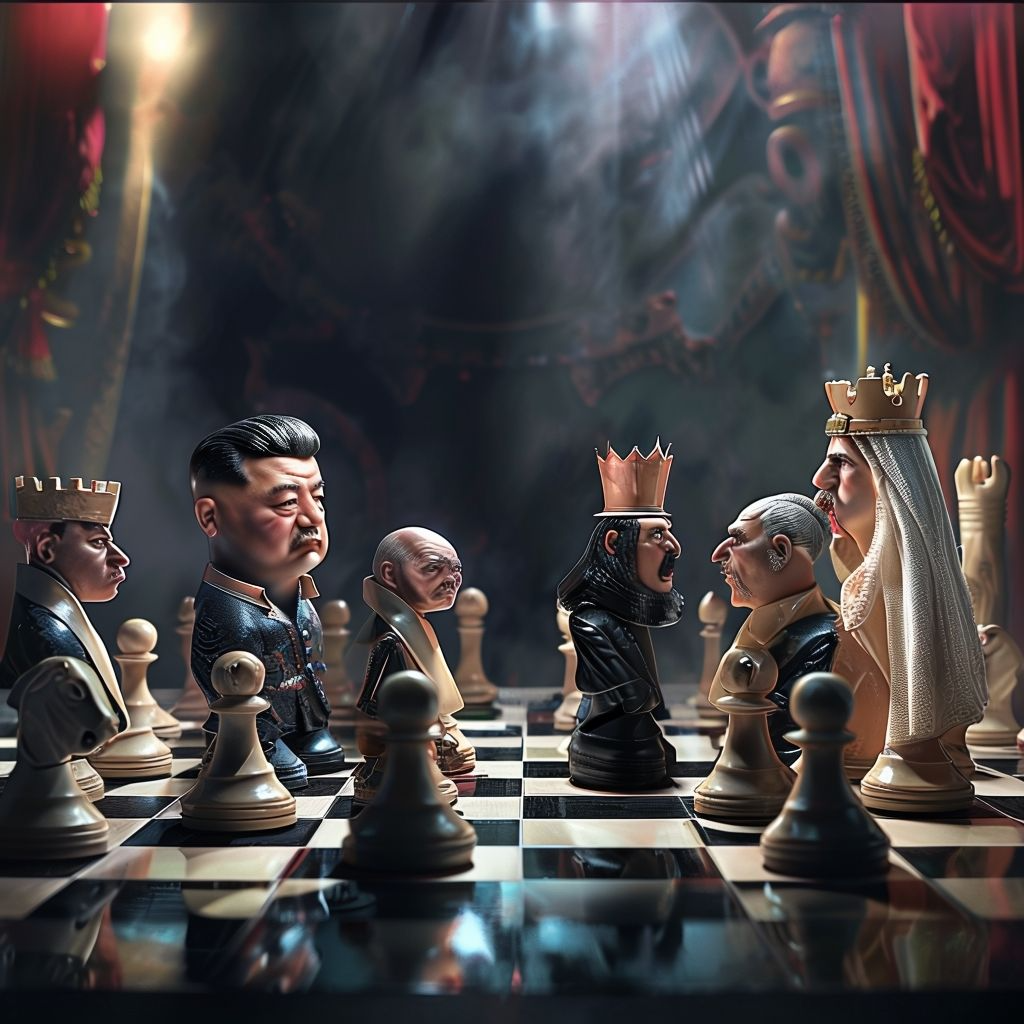 Modern strongmen aren’t just rulers — they’re icons. Influencers. Symbols of unity, tradition, or renewal — depending on the script. From monarchies to elected presidencies, the 21st-century leader often wears two crowns: one of office, and one of personal myth.
Modern strongmen aren’t just rulers — they’re icons. Influencers. Symbols of unity, tradition, or renewal — depending on the script. From monarchies to elected presidencies, the 21st-century leader often wears two crowns: one of office, and one of personal myth.
Here are just a few stars from the global stage production of “The State Is Me”:
- Kim Jong-un (North Korea) — Supreme Leader by title, narrative architect by practice. In a country where weather reports can sound like state doctrine, Kim is both head of state and embodiment of state. The borders between man, myth, and system have gracefully vanished.
- Alexander Lukashenko (Belarus) — Europe’s longest-standing president and, in many ways, a familiar fixture in Belarusian life. He’s the political equivalent of a grandfather clock — always ticking, always there. Elections come and go, but the furniture stays in place.
- Sheikh Mohamed bin Zayed Al Nahyan (UAE) — Modernization meets monarchy. Skyscrapers rise, Mars probes launch, and behind it all is a leader who blends ambition with authority. He governs like a CEO, but with the gravitas of a dynasty.
- Recep Tayyip Erdoğan (Turkey) — The orator, the strategist, the anchor. Erdoğan is the main character in Turkey’s complex political opera. With each speech, he reminds the world: in Turkey, the line between nation and leader is more fluid than most Western textbooks suggest.
And the Rest of the World?
Estimates suggest that in 2025, about 25–30% of countries operate under some flavor of personalist rule — where one individual holds the emotional, symbolic, and often very literal center of power.
Elsewhere, nations try their best to keep things plural: coalitions, checks and balances, parliaments full of bickering professionals in modest suits. But even there, the temptation of a singular “face of the state” — someone who can “get things done” — remains a political aphrodisiac.
Why “I Am the State” Never Went Out of Style
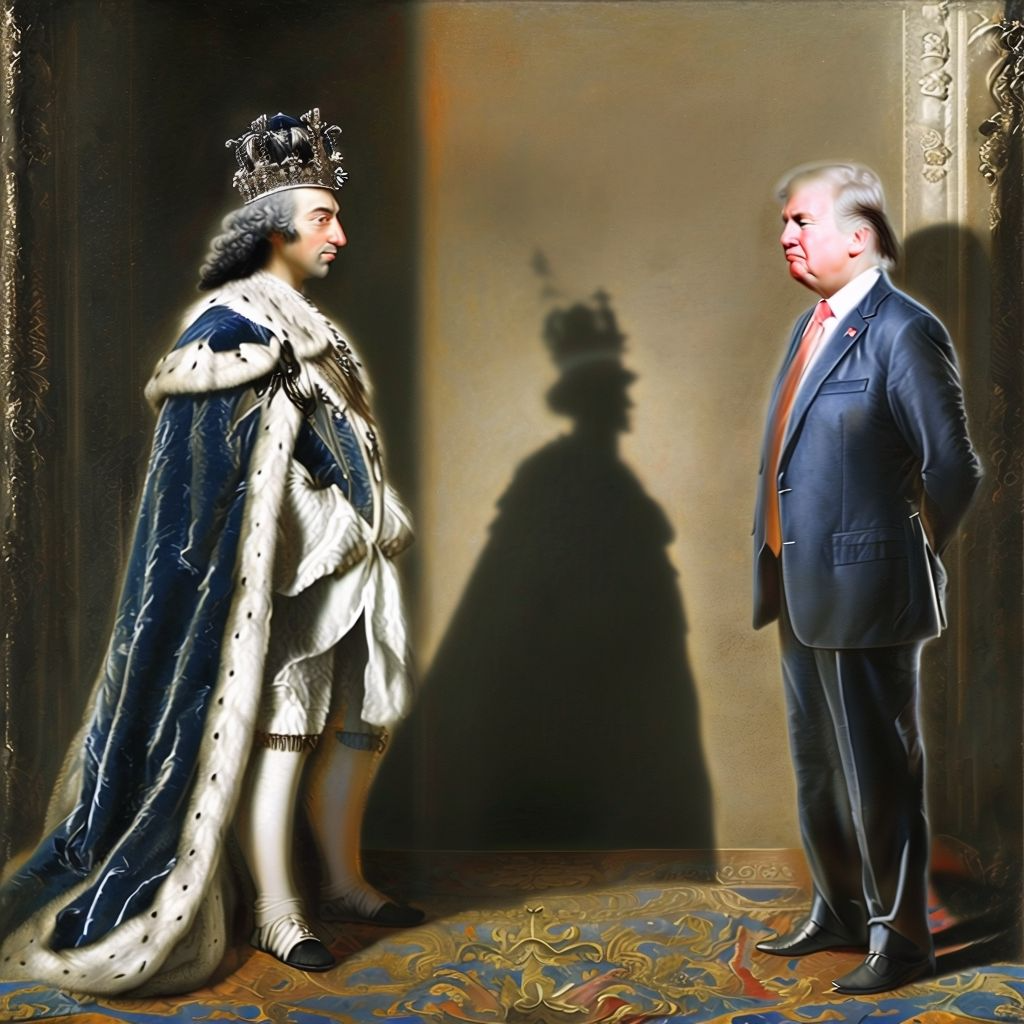 Because power isn’t just legal codes and ballots — it’s charisma, narrative, and the ability to make people believe.
Because power isn’t just legal codes and ballots — it’s charisma, narrative, and the ability to make people believe.
The “I am the state” mentality can be both a blessing and a curse. On one hand, a strong, recognizable leader can mobilize a nation, steady it through storms, and give shape to a shared identity. When a country becomes a face — trusted, consistent, familiar — things often move faster, more decisively.
But the same mindset can devour institutions, silence dissent, and wrap a nation’s fate around one heartbeat. When systems serve the individual, not the other way around, even the most powerful country becomes fragile — like a palace built on sand.
In the 21st century, Louis XIV’s phrase is no longer a royal decree — it’s a warning sign.
Wherever you hear it — shouted or whispered, literal or implied — one thing is certain: behind it stands a human being. Brilliant or brutal. Visionary or vain. But always human.
And that, perhaps, is the true paradox: the state is never just one man — until it is.

